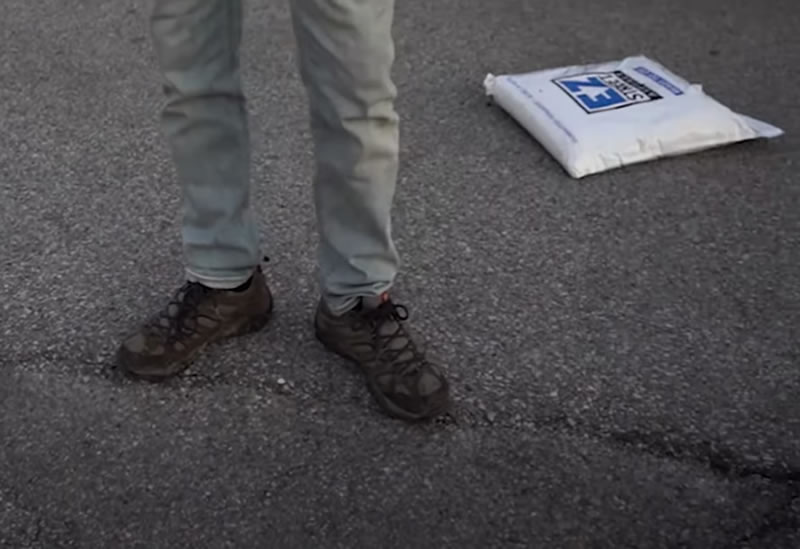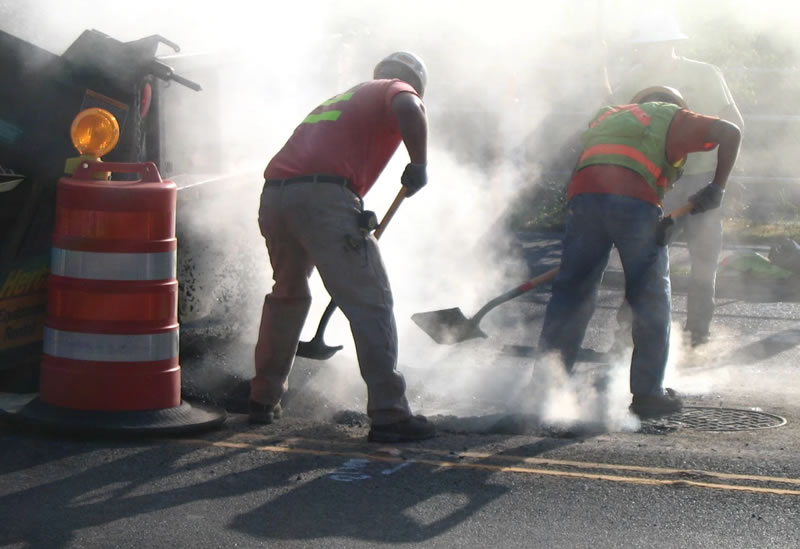When to Resurface – or Repave – Your Parking Lot
Parking lot owner or manager has to make a decision on whether to repave it altogether, or to apply an asphalt resurfacer as a lower-cost alternative. Resurfacing can extend the life of the pavement by as much as 15 years.
Also business owners work too hard at 100 more things – from providing good products and services to customer relations to financing to regulatory compliance – to allow something as simple as a bad parking lot send customers away.
But that is exactly what can happen if the parking lot is in bad shape. What defines “bad” varies, of course, but that can include cracks, potholes, a faded appearance, standing water (poor drainage after a rain), or an accumulation of motor oils. This goes beyond appearances: if the pavement is uneven, it can lead to trips and falls and the expensive litigation that follows.

Asphalt resurfacer will work in this case

Sometimes repaving is the best way
Asphalt resurfacer is perfect for “lite” Parking lot repairs
Regular maintenance will forestall the ravages of time, which is the inevitable scourge of all paved parking lots. Ultraviolet rays from the sun, temperature fluctuations, rain (and sleet, snow, and ice), and traffic all take their toll.
But an application of seal coating restores color and adds a layer of protection that can be applied every three years or so.
Still, asphalt deterioration can happen in stages and in different ways. Indeed, it’s possible to resurface problem areas of a parking lot without a full repaving under the following conditions:
- Straight-line cracking: If the crack is less than two inches deep, it’s not yet serious enough for a repaving. An asphalt resurfacer is likely the best choice.
- Alligator cracking: Similar to straight-line cracks, if it’s not too deep it can be resurfaced. The latitudinal and longitudinal cracks that intersect often indicate that the sub-base of the road is weakened and will need to be addressed eventually.
- Isolated potholes: If there are several potholes in a driveway or parking lot, the problem is systemic. But the occasional pothole, here and there, calls for a pothole repair instead of repaving.
- Puddling: Depressions in pavement happen for a variety of reasons. The fix is easy: apply an asphalt resurfacer like EZ Street Asphalt, a premium cold mix, to level out the divot and re-level that area of pavement.
Serious parking lot repair
When each of the above problems impairs more than a third of the driveway or parking area, it’s time to repave. Likely, this would be 20 or 25 years after the original pavement was laid.









